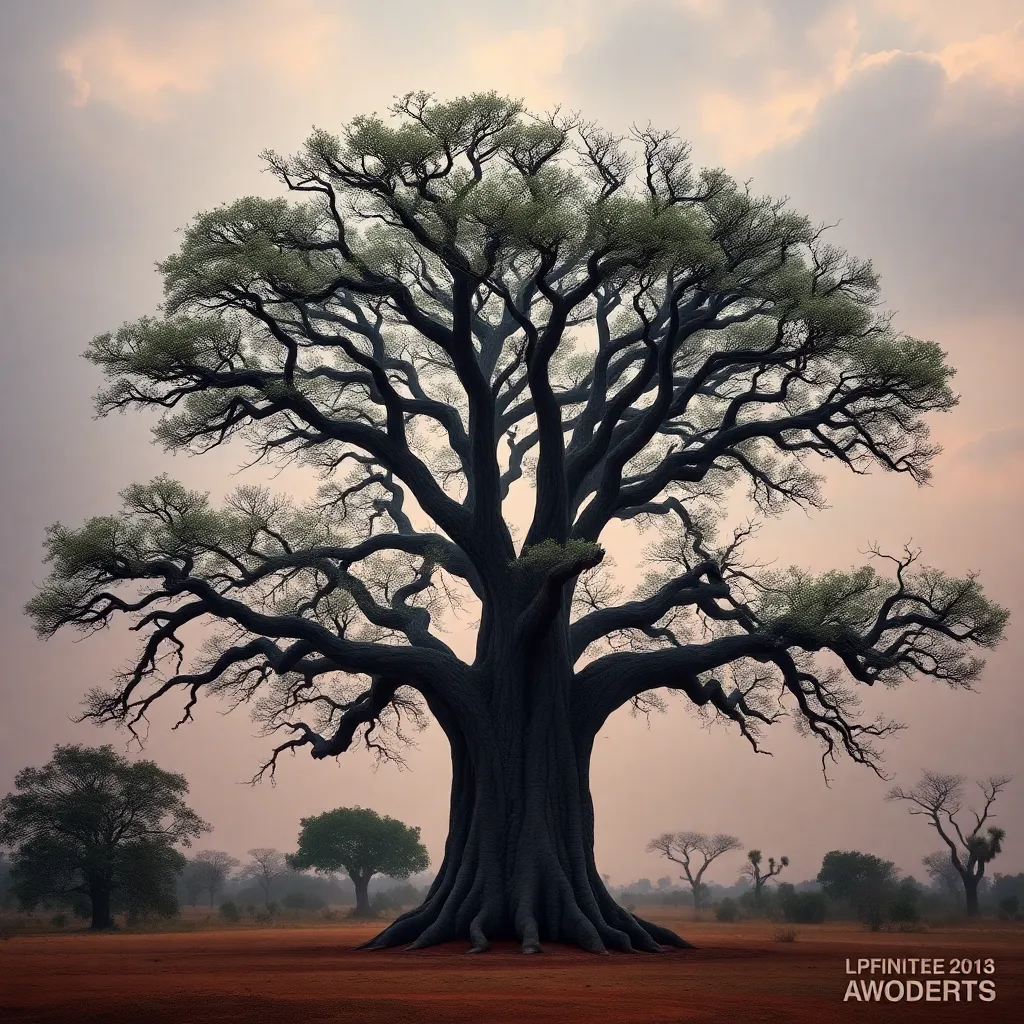The Tanuki of Kyushu: Exploring the Differences in Regional Lore
I. Introduction
The Tanuki, a creature deeply ingrained in Japanese folklore, is often depicted as a shape-shifting trickster with a playful and mischievous nature. This fascinating being has captured the imagination of many, resulting in a rich tapestry of stories and cultural significance throughout Japan. Regional variations in Tanuki lore are particularly important, as they reflect the unique cultural contexts and beliefs of different areas. This article aims to delve into the distinct characteristics of Tanuki stories found in Kyushu, the southernmost of Japan’s main islands.
II. The Tanuki: A Cultural Icon
Historically, the Tanuki has held a significant place in Japanese culture. Revered as symbols of prosperity and good fortune, these creatures have become a beloved part of the national identity. Common traits associated with Tanuki include:
- Shape-shifting abilities
- Trickster behavior
- A deep connection with nature
- Association with rice fields and agriculture
In mythology, Tanuki are often portrayed as benevolent beings, using their magical powers to help humans or teach valuable lessons through their antics. They serve as a bridge between the human world and the spirit realm, embodying the coexistence of humor and wisdom in Japanese folklore.
III. The Tanuki of Kyushu: Regional Characteristics
Kyushu, characterized by its rich cultural heritage and diverse geography, offers a unique context for the Tanuki. The island’s volcanic landscape and lush greenery provide a backdrop for many Tanuki stories, which often emphasize the relationship between the creature and its natural surroundings.
In Kyushu, Tanuki are attributed unique physical and behavioral traits, such as:
- Distinctive markings that differ from those in other regions
- A more pronounced connection to local agricultural practices, especially rice cultivation
- Behavioral quirks that reflect the local climate and cultural attitudes
These regional characteristics set Kyushu’s Tanuki apart from their counterparts in other parts of Japan, where they may be portrayed with different traits or in varying contexts.
IV. Folklore and Tales: Kyushu’s Unique Narratives
Kyushu is home to a rich collection of Tanuki stories that highlight the island’s cultural identity. Popular tales often revolve around themes of transformation and trickery, showcasing the cleverness of Tanuki as they navigate challenges in their environments.
Some notable Tanuki stories from Kyushu include:
- The Tale of the Tanuki and the Farmer: A story emphasizing cooperation and mutual benefit.
- The Tanuki’s Feast: A narrative that highlights the importance of sharing and community.
- The Shape-Shifting Tanuki: A tale that explores identity and the fluidity of self.
These narratives carry messages of resilience, adaptability, and community spirit, serving as reflective mirrors of Kyushu’s values. When compared to Tanuki stories from other regions, such as those from Honshu, it becomes clear that Kyushu’s tales often incorporate local dialects, geography, and customs, enriching the overall narrative landscape.
V. Tanuki Festivals and Cultural Practices in Kyushu
In Kyushu, Tanuki hold a special place in local festivals and cultural practices. Various Tanuki-related festivities celebrate the creature’s significance in the community, often featuring traditional music, dance, and local cuisine.
Some notable Tanuki festivals in Kyushu include:
- The Fukuoka Tanuki Festival, celebrating the folklore of the region with parades and performances.
- The Kumamoto Tanuki Dance, where participants don Tanuki costumes and perform traditional dances.
- The Oita Tanuki Market, showcasing Tanuki-themed crafts and foods, promoting local artisans.
These events not only honor the Tanuki but also foster community involvement and encourage the preservation of local customs and traditions.
VI. The Tanuki in Modern Kyushu Culture
In contemporary Kyushu, the influence of the Tanuki extends beyond traditional folklore into modern art and media. Artists and creators draw inspiration from Tanuki, incorporating them into various forms of expression, including:
- Paintings and sculptures that depict Tanuki in creative and innovative ways
- Animated series and films featuring Tanuki as central characters, introducing them to new audiences
- Tanuki-themed merchandise, such as toys, clothing, and souvenirs, catering to both locals and tourists
Additionally, the preservation of Tanuki lore faces challenges due to modernization and urbanization. Efforts to document and celebrate these stories are crucial for maintaining their cultural significance in a rapidly changing society.
VII. Conservation of Tanuki Lore: Challenges and Opportunities
As urbanization encroaches upon rural areas, traditional Tanuki stories risk being overshadowed by modern influences. The loss of natural habitats and changing lifestyles can lead to a decline in the transmission of folklore.
However, there are opportunities for the conservation of Tanuki lore through:
- Community workshops that engage locals in storytelling and traditional crafts
- Educational programs in schools that incorporate regional folklore into the curriculum
- Digital platforms that document and share Tanuki stories, making them accessible to a wider audience
Community engagement is vital in ensuring that the rich heritage of Tanuki lore is preserved and passed down to future generations.
VIII. Conclusion
In summary, the Tanuki of Kyushu represents a unique and vibrant aspect of Japanese folklore, characterized by its regional traits, rich narratives, and cultural practices. From its historical significance to its modern adaptations, the Tanuki continues to thrive as a symbol of community and resilience. As we explore and appreciate the diverse tapestry of regional folklore, it is essential to recognize the enduring legacy of the Tanuki in Kyushu’s cultural landscape. We encourage readers to delve into local stories, participate in cultural practices, and contribute to the preservation of this beloved creature’s lore.




